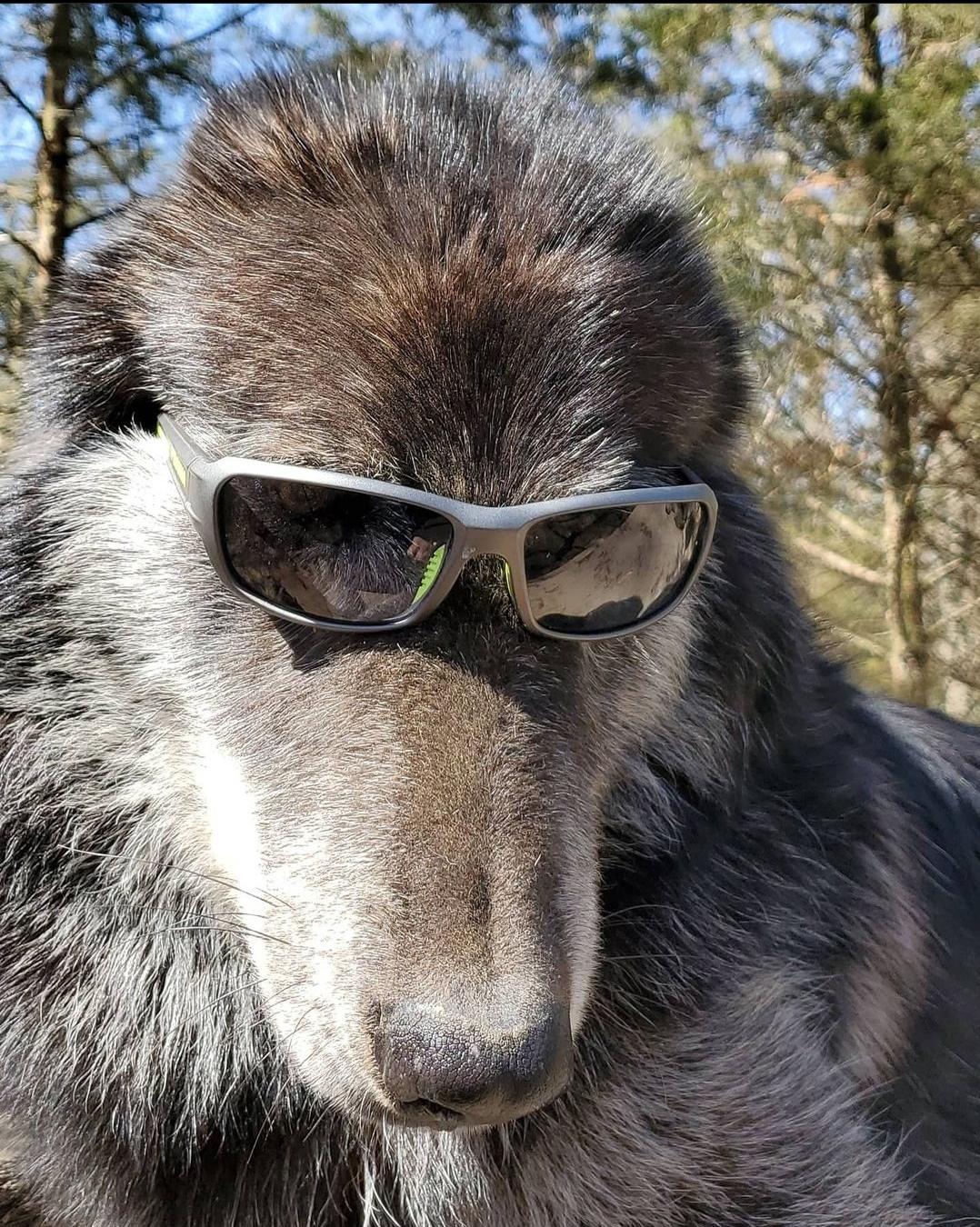Brown is just dim/desaturated orange. Orange lighting will make a room look brown, though the light itself will be orange/amber
Which is pretty much my point.
You could say the same about literally any dark color. Maroon, dark green, navy, black…
Brown doesn’t have to be a dark color. Pretend I said “light brown” instead. Ever seen light brown light?
Yeah it’s just gonna look like slightly warm white light. Ever see pink light? And I don’t mean magenta, I mean pink
Brown doesn’t exist. It’s deep orange.
Brown as a color exists, but not as a light.
Light is the medium through wich colour is observed. Aince u cant have brown light u cant have brown colour.
Wait till you learn what magenta is…
Show me a picture of brown light.
I’m going to shit on a lightbulb.
plz no
Make sure it’s fully up your ass when you do.
One man one j-
Ive been on the internet long enough to know a lightbulb cant hold that much pressure.
Cool. That’s the COLOR. Now, show me a brown colored laser pointer.
It cleary says light as a wavelength. By your own photospectrometer if you’d like to see it. I used to do colour testing in a lab.
What do you think color is?
I think you’re missing my point.
Yep. Keep watching. He goes on to explain WHY there is no brown light.
I’m not disagreeing with you, just providing further information.
Oh, I know. It’s pretty cool!
Here you go: 🙈🙉🙊
your screen is now emitting brown light.
If Trump would have had his way…
💩 has entered the chat
Not sure why you say that. With the right filter, you can project a light of any color. What makes you think brown is special?
So far as I understand, brown isn’t really a proper wavelength of light on the spectrum (there are a number of colors like that actually), rather, it’s a dark orange. So if you made a brown colored translucent filter and shone a light through it, you’ll actually get orange light, just presumably less of that light making it through than from a more saturated orange. It’s sorta like saying you can get black light by putting a black filter over a light projector: you’ll get black at the projection area I suppose if no other illumination is there, but there would be no black light, you’d just get that color by blocking the light entirely.
See this reply
Go ahead and try it. Take a picture even. It’ll come out orange- bet me.
Riddle me this: if there’s no such thing as brown light, how do you see the color brown on your phone screen?
There isn’t a specific wavelength for the color “brown” (non-spectral color), unlike the primary spectral colors such as red (between 620 to 750nm), green (520 to 570nm) or blue (450 to 495nm).
What we perceive as brown will often been a combination of red and orange (590 to 620nm) wavelengths with a reduced intensity. On an non-HDR monitor, which uses RGB pixels with 255-levels of intensity, it could be represented as R=77, G=27, B=00. Grouped tightly enough, this combination of red and green wavelengths will provide a perception of the color we call “brown”.
Grouped tightly enough, this combination of red and green wavelengths will provide a perception of the color we call “brown”
If you defined “brown,” you’d have to do it that way - by describing the wavelengths that we perceived as that color. The fact that your phone screen - a technology that works by emitting light - can display brown means there’s light that we call “brown.” It may happen that is really a dark orange, in much the same way that pink is a light red, but so what? It’s light and we see it as brown. Brown light.
By it emitting orange light (or the combination of rgb lights that add up to orange anyway), but only a little bit of it compared to what it would do if you wanted it to actually display orange.
See this reply
Get a Philips color changing bulb. Open the app- Find brown.
Case rested.
I never said brown as a COLOR. doesn’t exist. I said brown LIGHT doesn’t. Your argument could have been the same if you said “Why do I see brown colors on TV?”
Go look it up. Science is with me on this.

I get what you’re saying, but color is weird. There’s a specific term to describe colors that come from light sources, and colors that are a result of an object absorbing light. Brown is more the result of a lack of color
Don’t take my image too seriously, it’s incredibly cherry-picked and not meant to serve as some sort of debate point. Although it does look like a very light shade of brown IRL…
I get what you’re saying, but that’s the stealing yellow light on a brown or tan surface. What I mean is:
Imagine a laser light. Now imagine one colored brown. You can’t. But orange, purple, green, etc… all can cast light. Brown cannot.
There’s no such thing as color, anyway.
Did you post this just to fight with everyone?









